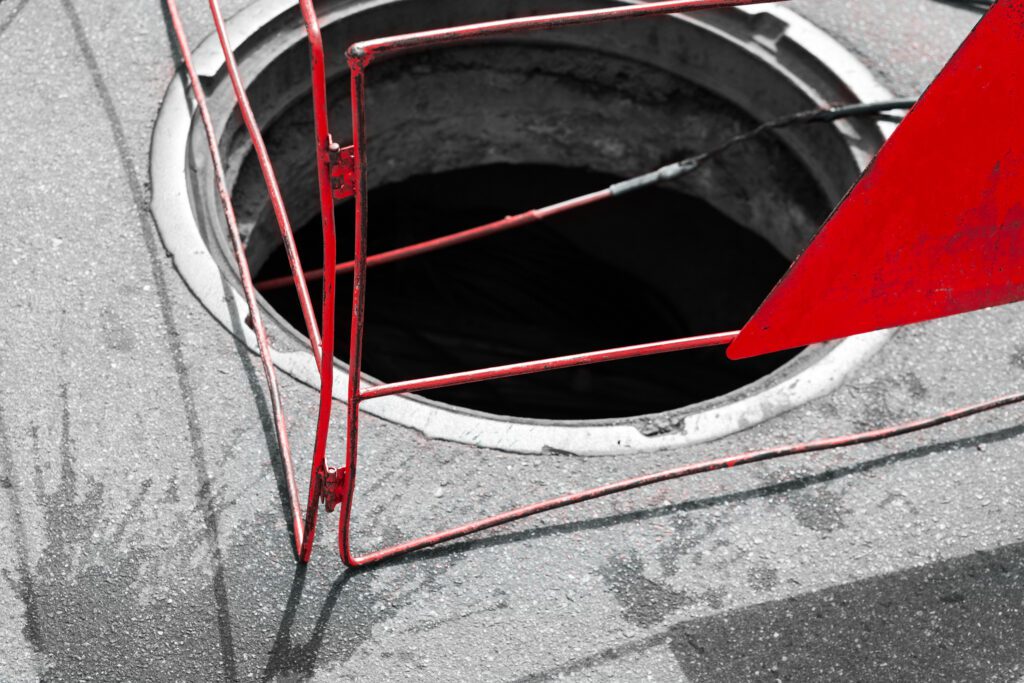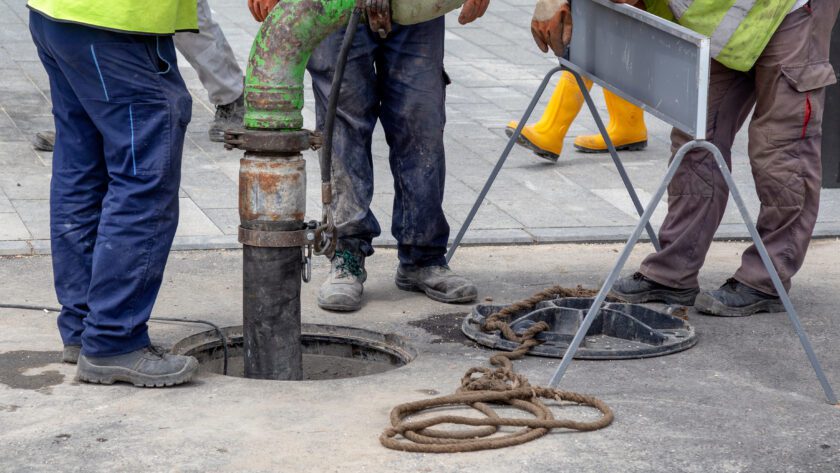Pipework is one of the most tedious tasks in construction. Traditionally, it requires digging using heavy equipment and numerous skilled workers to ensure repair or installation. However, innovations like CIPP lining or cured-in-place-pipe lining have revolutionized this process.
Pipelining using the latest technology makes the job easier and more convenient for every establishment around the site. It’s the best method for pipe repairs in busy areas, keeping infrastructures safe and functional during the process. Here are eight benefits of pipe lining and why it’s essential for various settings.
- Trenchless Method
Pipelining utilizes a trenchless method during installation. This process doesn’t require excessive digging, so it’s more convenient for crowded areas. The surrounding infrastructures, such as buildings and roads, won’t be affected, and businesses can go on as usual.
The trenchless method is possible through excellent quality pipe lining materials and equipment. Professionals can apply pipelining even in tight areas without requiring demolition and clearing. Due to this advantage, pipelining has become the standard for pipe repairs and restoration in commercial and industrial settings.
- Enables Sectional Repair
One more reason pipelining is crucial for infrastructure safety and functionality is the flexibility of sectional repair. This method enables only short interruptions during repairs in the water supply, so there’s no hassle for the surrounding areas.
Pipelining enables sectional repair to avoid disturbing the whole system. Suppose there are multiple sections in need of restoration. In that case, expert installers can work on them one by one while keeping the surrounding infrastructure safe for use. This method is also way faster than changing long pipes in traditional pipework.

- Requires Less Equipment
Traditionally, repairing pipes requires bulky equipment. This method causes hassle and disturbs the function of the infrastructure. With the latest pipelining technology, there’s no need for heavy vehicles. Experts use compact and efficient machines for busy commercial, industrial spaces, and dense residential areas.
Due to pipelining’s trenchless method, it requires less equipment. Most operations use portable machinery to work on tight spaces, which is essential for pipe rehabilitation in busy city streets and alleys. Since the tools are easy to move, pipelining also requires fewer workers while keeping the repair and installation efficient.
- Faster Installation
CIPP lining enables pipe rehabilitation within one day. Upon arrival at the site, preparation takes only one hour or less since there’s no need for digging wide trenches. Then, workers can insert the applied felt, apply the epoxy resin, and let it cure within eight hours.
Pipelining, from preparation, installation, and curing, can finish in less than 24 hours. This timeframe makes this method the most convenient option, keeping the site’s surrounding infrastructures intact, safe, and functional.
- Durable And Long-Lasting
Another factor that keeps infrastructure safe and functioning is the durability and longevity of the pipes. Damaged pipes can cause leaks that often lead to infrastructural damage. This issue can be dangerous, especially for population-dense areas. Therefore, keeping the pipes in pristine condition is a must.
Pipelining uses epoxy resin to coat the existing pipes from the inside. When this layer cures, the pipe will remain intact even if the old one starts to weather. Epoxy pipes are highly impact-resistant, preventing root intrusion. They can also last up to 50 years with proper maintenance, allowing less time and money spent on frequent repairs.
- Efficient Flow
Once the pipes are rehabilitated, you can expect an efficient flow, ensuring safety and functionality in the area. Epoxy resin smoothens the interior surface of the pipes. Its texture prevents dirt and gunk accumulation, preventing clogs and leaks.
You can enhance the sewer system’s performance through pipelining. It’s the best step to avoid infrastructural damage and upgrade safety and functionality within the area.
- No Contamination
While pipelining is commonly done on sewages, it’s also applicable for potable water supply pipes. Professional plumbers use compounds specifically tested for possible contamination to guarantee safety. Upon many studies, experts have developed an epoxy resin that doesn’t contain BPA and is corrosion-resistant.
Eliminating the risk of contamination is essential for health and safety, especially when lining pipes for potable water. It’s also an efficient and economical way of repairing leaks and avoiding clean water wastage.
- Low Noise Disturbance
Pipe repairs often cause noise disturbance around the site due to digging and heavy equipment. With the new pipelining method, there are little to no disruptions in the area. It’s suitable even for pipe rehabilitation around schools, hospitals, offices, and residential spaces.
Pipelining’s utilization of smaller machines and less digging through the trenchless method causes low noise disturbance. It doesn’t cause disrupting vibrations on the roads, so the environment can still function efficiently and safely.
Conclusion
Pipelining is essential for keeping infrastructures safe and functioning. It repairs and strengthens the existing pipes, eliminating the risk of structural damage. Due to these advantages, the pipelining business is rapidly growing as it revolutionizes sewage, drainage, and water supply rehabilitation.




